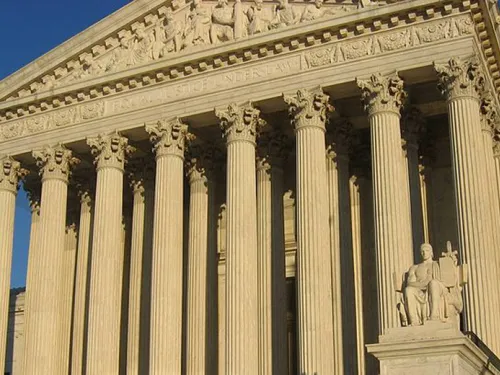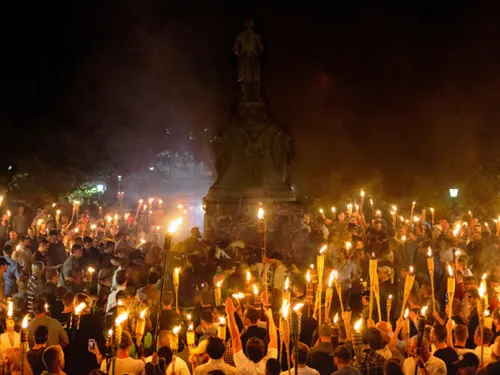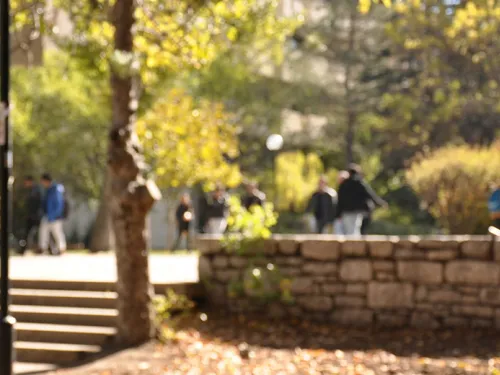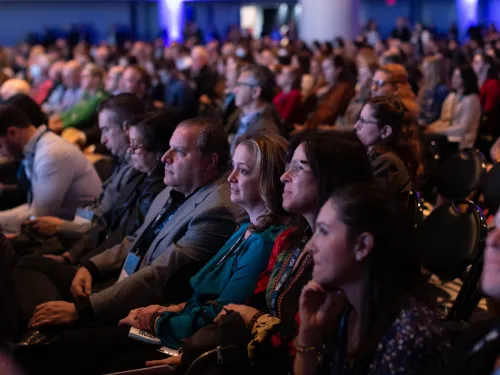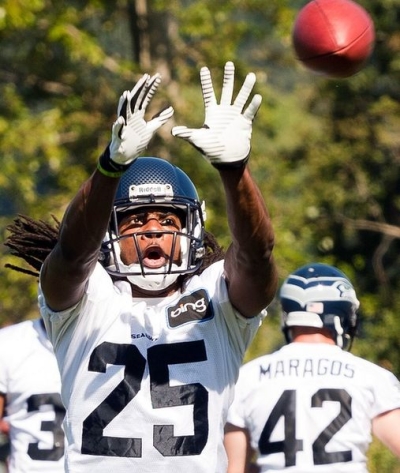by: Mark Onofrio
January 24, 2014
We recently had a reminder of the enduring power of stereotypes in American when an interview by Seattle Seahawks cornerback Richard Sherman prompted a slew of racist remarks on Twitter and a mainstream media commentator referred to him as a “thug” and an “ape.”
While perhaps unintentional on the part of media commentators, the language surrounding Sherman’s interview evoked painful stereotypes of African Americans. Racist imagery that portrays African Americans as beasts, especially monkeys, emerged during the Jim Crow era as a means to legitimize unequal treatment of African Americans. Unfortunately, these stereotypes endure today. And to many African Americans — indeed all people of good will — these stereotypes remain as inappropriate and offensive now as they were in the 20th century.
Stereotypes of African Americans harken back to a time when blatant racism was commonplace in our nation.
The historical meaning of this imagery is often not on most people’s radar, but it should be. It is likely that many Americans do not even realize they are actually perpetuating age-old racism when they refer to African Americans in these terms.
Part of the work of untangling the legacy of racism involves educating ourselves and our youth not to engage in it. Words carry our history with them. We cannot pretend that referring to a black man as an “ape” is not rooted in racism, and that it is not hurtful. The same goes for stereotypical remarks about other minority groups such as Jews. Whether such hurtful language is manifested in professional sports, in political discourse or in school hallways, we must counter racist imagery and terminology with condemnation and expectations that we can be better.
On the positive side, the language we use has the power to change the future and to advance much-needed intercultural group dynamics in our country.
Teachers who work with middle and high school youth can utilize current events and social discourse to start conversations about how our history of racism continues to impact us today.
Moments like these hurt and are reprehensible, but they can also be opportunities to educate and inspire a generation to end racism.

